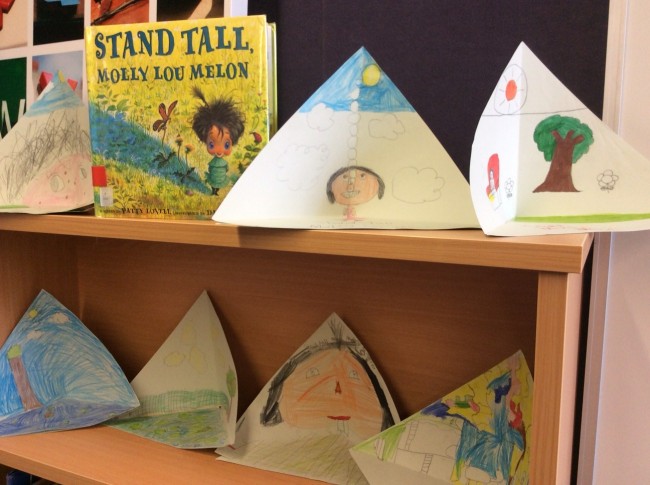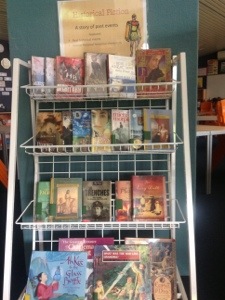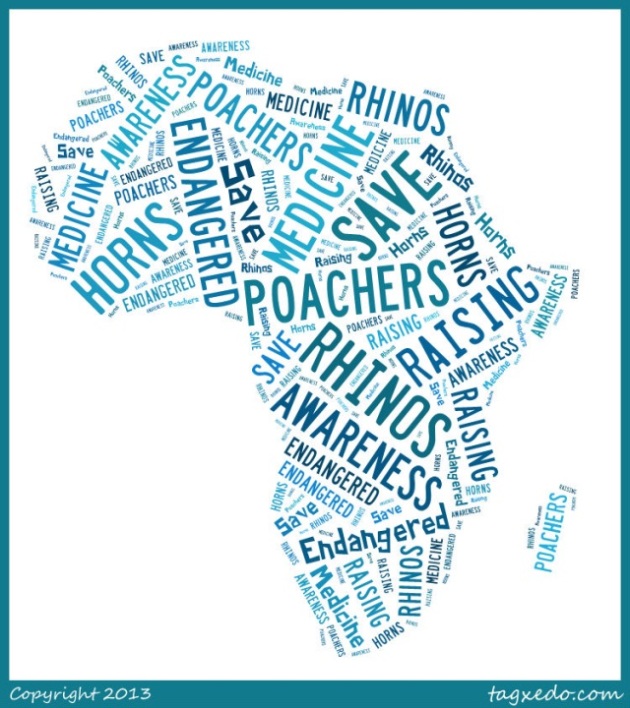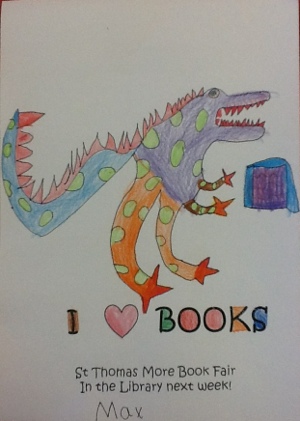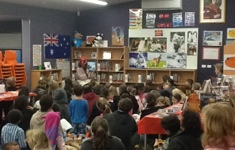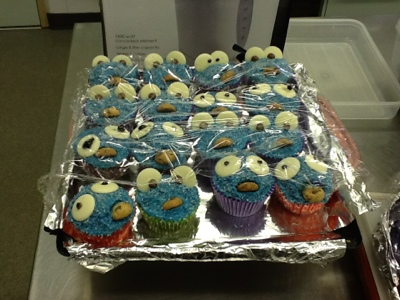Conferences can be exciting, challenging and tiring. The Catholic Primary Curriculum Conference :Architecture of Learning (Dignity, Diversity, Design) held at the Perth Convention Centre over the last two days was no exception. Networking with colleagues and being challenged by new ideas are why I enjoy them. The difficult part is then taking all the information and making it part of my professional development. So why it is fresh in my mind I am going to identify the key concepts that resonated with me and think of ways I can act on them.
1. Stop then think
Give thinking time/practise, looking at options before choosing answer.
On Monday it was stated by keynote speaker Prof. Martin Westwell that teachers generally wait 0.8 seconds before answering a question themselves or stating a new one. 0.8! By counting to 5 it dramatically increases the responses. I can do that!
2. Schools should not teach more Maths but be more mathematical.
Tuesday’s keynote, Prof. Mike Askew demonstrated how rich mathematical tasks could be if we focused more on creating opportunities for students to engage with other students doing tasks that were harder than they could do on their own.
I will look at my ICT tasks to see if they are challenging and collaborative with a diversity of learners in groups . (What group members have I got working together?)
3. iPads Beyond Substitution: using iPads to transform thinking
Jenny Jongste provided us with apps that would allow for students to share data and create new ways of demonstrating their understanding.
I will make sure to reflect on Edmodo and how it has modified my teaching as I have 1 iPad at present. Our school is in the process of deciding how we will go forward with mobile devices and I will keep in mind the power they have to transform learning.(Future blog post here)
4. The design of the digital classroom by Paul Williams
How can our learning spaces be transformed? As I watched the students from year 6 at St Lawrence’s Balcatta working,using their iPads and shifting the furniture around to create spaces that allowed for individual and paired work, quiet spaces and open spaces, it reinforced the presentation by Paul Williams. Teachers need to be proactive in creating classrooms that allow for these kind of activities to take place. Why do our classrooms still look like factories rather than inviting spaces to learn such as the Skype Office in the image below from The Cool Hunter.
My challenge as a TL will be to try and create in our library the kind of space that is about creativity. That nook could become a movie editing suite or a sound booth. The bean bags shouldn’t be the only soft furnishing. Can teachers come here and relax? I will keep a photo record of small changes that I think have transformed the space and post them on here.
I’m not sure the presenters would be blown away by these small steps but I hope they take consolation from the thought that I did hear and I am changed because of them and hopefully these small changes will benefit my students.

